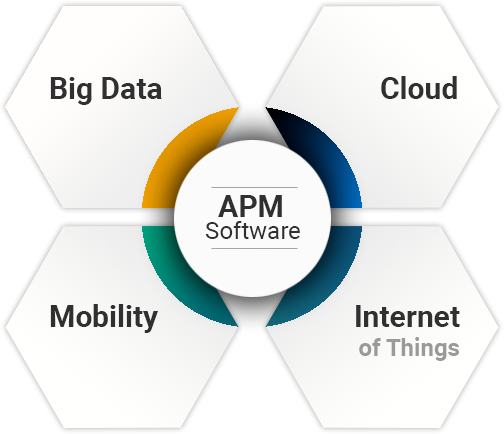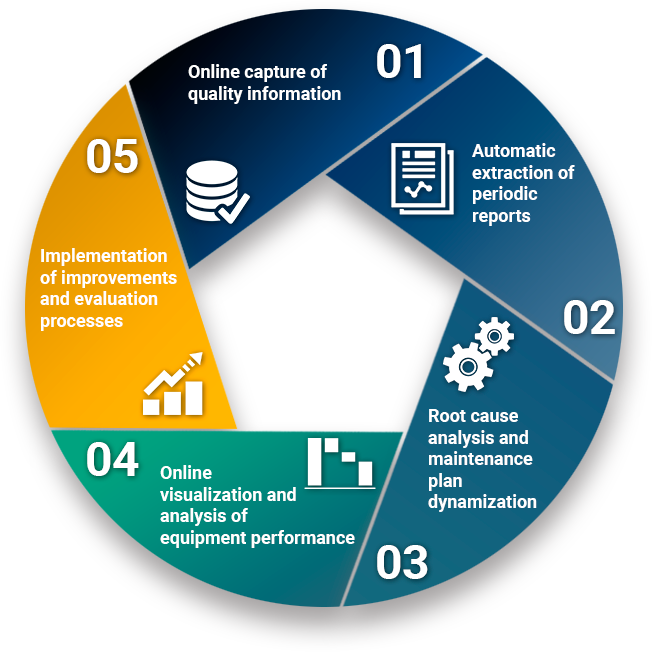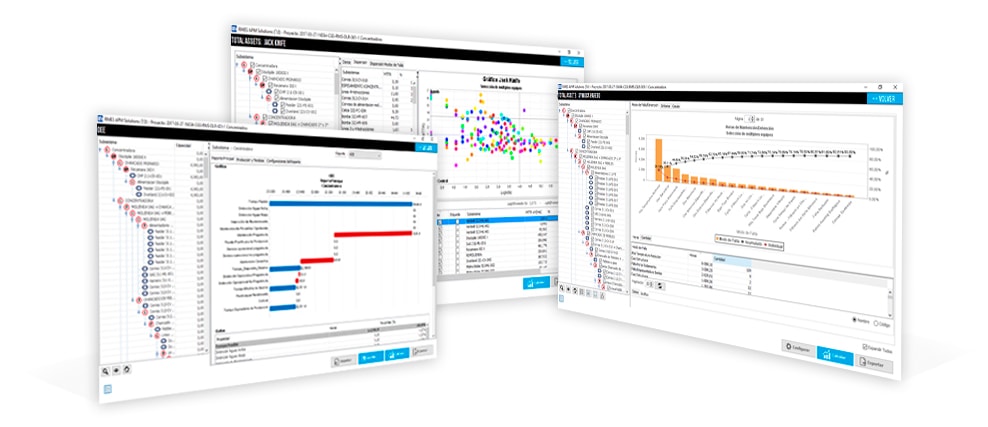Increase your company's profitability and productivity through systematic improvement of physical asset performance.
Asset performance management (APM) should do more than provide an individual view of each asset; it should provide a comprehensive perspective on the business, in step with the information and communication technology trends that are central to the so-called fourth industrial revolution.

Asset performance management must be supported by fully integrated information systems, including processes ranging from data capture to identifying opportunities for improvement that will have a direct impact on the company's bottom line.

RMES Suite is an APM platform that adapts to each organization and defines processes that enhance the human resource, allowing the implementation of best practices in the management of physical assets.
The most distinctive elements of RMES Suite are.

